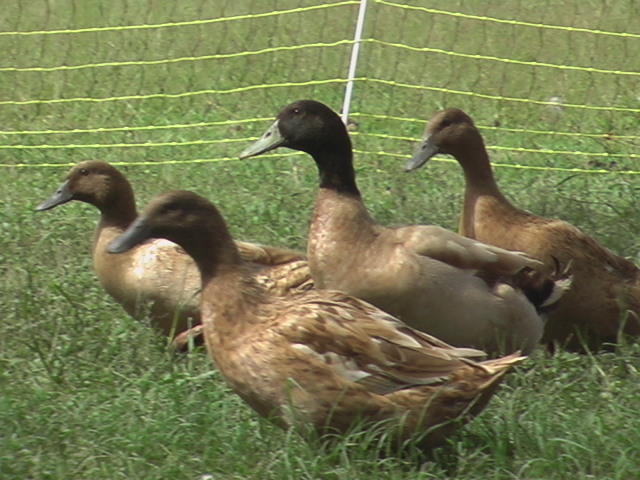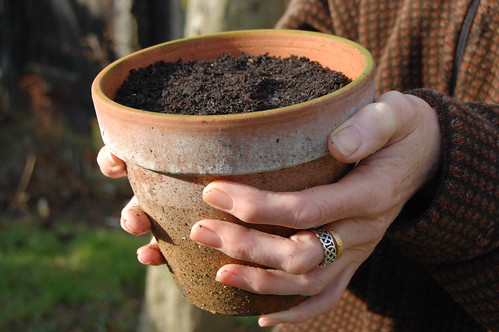Posts Tagged ‘Kitchen Scraps’
5 Simple Steps to Making Your Own Dirt
Composting is the art of turning organic matter and waste into a rich soil amendment called humus. Backyard composting is easy to learn and is full of benefits for you and the environment. Plus, most needed ingredients are right at your finger tips. Organic matter and wastes that can be composted include fruit and vegetable peelings (kitchen scraps), grass clipping, leaves, and small diameter tree trimmings. Some things you should not include in your backyard compost include meat and dairy products, weeds or weed seeds. These materials can attract vermin and pests, and can spread weeds throughout your yard.
The Five Key Steps…
Compost Bin Size and Volume: Ideally the bin should be between 3’x3’x3’ and 5’x5’x5’. A bin that is too small cannot produce enough heat to cook the ingredients. If the bin is too large, it won’t get enough air in the center of the pile, allowing the pile to breathe. It is also easier to manage two or three medium bins than one large one.
Feed Your Compost: A perfect mix of compost materials consists of ½ brown matter (carbon-based material) like leaves and ½ green matter (nitrogen-based material) like kitchen scraps. Waste material should be mixed by weight, i.e. 5-pounds brown to 5-pounds green.
Let Your Bin Breathe: The organisms that live inside your compost pile need air to survive. Mix or turn the pile three to five times per season using a pitchfork, garden hoe or shovel. Proper aeration can make a big difference. You will know if your bin is not getting enough oxygen because it will begin to smell of ammonia.
Microbes Need H2O: The organisms also need water to survive, but not too much or they will drown. The ideal moisture level of your compost bin should be like a wrung out sponge.
Surface Area: Cutup or shred organic materials before placing them into the bin. This increases the surface area and speeds up decomposition. You can also store your kitchen scraps in the freezer to speed up decomposition, as the materials will break down at the cell level when frozen.
Compost bins can be found through most city waste management programs or can be built out of simple materials like wooden pallets or wire panels. But, no matter what method you use, the important thing is getting these nutrient rich materials back into your soil so it can be healthy and vibrant for growing fruits, vegetable and flowers.
For compost bin ideas and plans check out this University of Wisconsin Extension link
![]() photo credit: nicer than air
photo credit: nicer than air



Recent comments
Aenean nonummy hendrerit mauris. Phasellus porta.